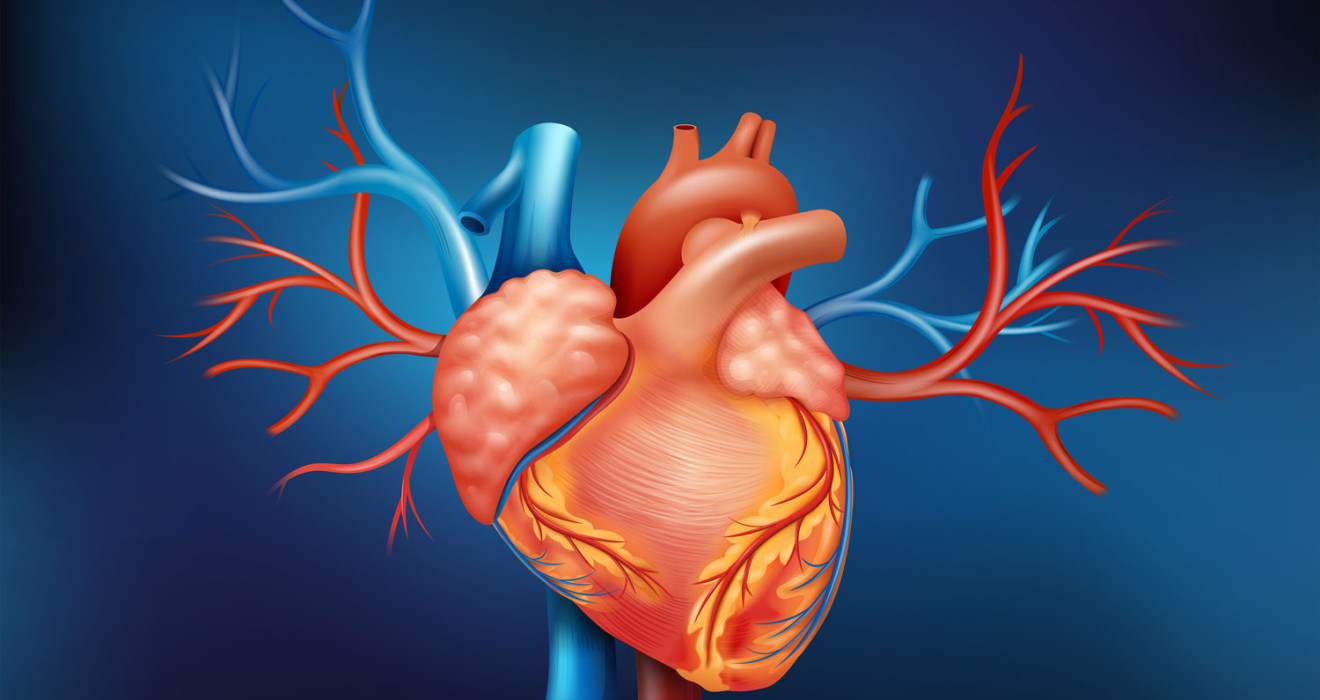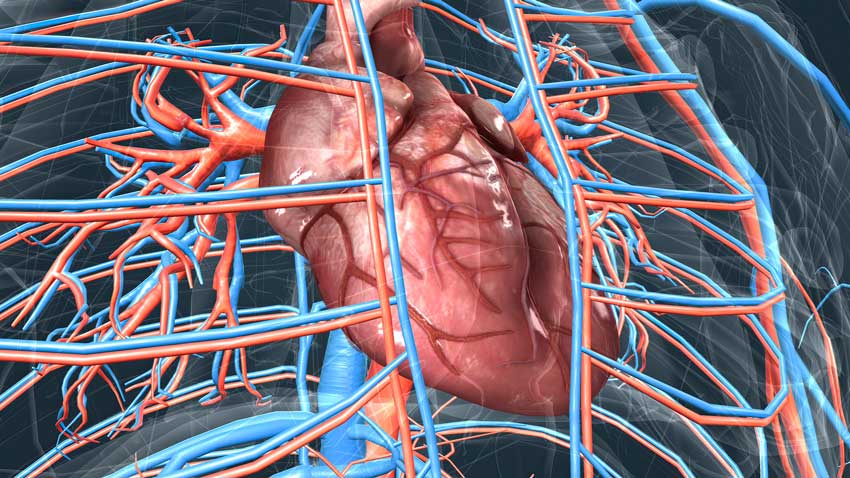
Aortic Coarctation
Aortic coarctation is a heart condition that occurs due to the narrowing of the large artery called the aorta. This condition restricts blood flow in the narrowed area of the aorta. With aortic coarctation, blood flow is obstructed due to the narrowing, causing the heart to exert more force to push blood through the narrowed region. This can strain the heart muscle and result in high blood pressure.
What is Aortic Coarctation?
It is a heart disease that arises from the narrowing of a large blood vessel called the aorta. This narrowing impedes the passage of blood to the rest of the body, leading to a significant increase in blood pressure.
How is It Diagnosed?
It can be diagnosed during a physical examination by your doctor or during routine medical check-ups. However, to confirm the diagnosis, several tests may be required. These tests may include echocardiography, magnetic resonance imaging (MRI), computed tomography (CT) scans, and cardiac catheterization.
What are the Aortic Coarctation Symptoms?
It may not present symptoms in many individuals. However, some people may experience symptoms, which can include:
- Shortness of breath
- Chest pain
- Headaches
- Fatigue
- Numbness and coldness in the legs or arms
- Rapid or irregular heartbeat
- Flushing or paleness of the face
- High blood pressure
What Causes Aortic Coarctation?
It can occur either before birth or later in life. Congenital cases are typically due to the narrowing of the aorta, whereas acquired coarctation can be caused by trauma to the aorta, infections, or tears in the aortic wall.
How is Aortic Coarctation Diagnosed?
The following steps are generally followed to make a diagnosis:
- Medical history and physical examination: The doctor carefully evaluates the symptoms and the patient's medical history.
- Non-invasive imaging tests: Echocardiography (ECHO) is usually the initial choice for imaging to diagnose aortic coarctation.
- Imaging tests: Advanced imaging tests such as computed tomography (CT) scan or magnetic resonance imaging (MRI) can be used to confirm it and provide a detailed anatomical assessment.
- Cardiac catheterization: In rare cases, doctors may use cardiac catheterization to confirm aortic coarctation and conduct further evaluation.
What Are the Treatment Methods for Aortic Coarctation?
The treatment options are as follows:
- Medication therapy is used to alleviate the symptoms of the disease and regulate blood pressure. Medications such as beta blockers, calcium channel blockers, or ACE inhibitors may be used to lower blood pressure. Medication therapy is generally effective in milder cases.
- Balloon angioplasty is a minimally invasive procedure used to widen the narrowed area of the aorta. This procedure involves placing a catheter into the patient's blood vessel and then inserting a balloon into the narrowed area. By inflating the balloon, the constricted area is expanded, and blood flow is increased.
- Surgical intervention is the most effective method for treating it. Patients with aortic coarctation are typically recommended for surgery. The surgery involves removing the constricted region and enlarging the aorta. Surgical intervention is particularly common in children and, if performed in a timely manner, can prevent the progression of the disease.
Frequently Asked Questions
-
It can impact your life in several ways:
- It can cause high blood pressure, leading to symptoms such as headaches, dizziness, and nosebleeds.
- Coarctation restricts sufficient blood flow to the heart, brain, kidneys, and other organs, potentially causing long-term damage.
- The heart may need to work harder to overcome aortic narrowing, which can strain the heart muscle and increase the risk of heart failure.
-
It is typically present from birth and is diagnosed in infants or children. However, in some cases, coarctation can progress and be diagnosed during adulthood.
-
The exact cause of coarctation is unknown, but genetic factors are believed to play a role. It can also be associated with certain syndromes (such as Turner syndrome) and congenital heart diseases (such as bicuspid aortic valve).
-
Yes, it can have a genetic basis. Individuals with a family history of it has a higher likelihood of the condition occurring in other family members.
-
The long-term effects of aortic coarctation include:
- High blood pressure
- Heart failure
- Aortic aneurysm
- Stroke
-
These long-term effects are more commonly observed in untreated or late-diagnosed coarctation cases. Early diagnosis, treatment, and regular monitoring help prevent such complications.


